EGYPTIAN HEAD OF A PRIEST Late-Ptolemaic Period, 664-30 BC A carved limestone bust of a priest with close-fitting cap, prominent lentoid eyes, triangular nose, small slit mouth; mounted on a custom-made stand. 1.3 kg, 18.5cm (7 1/4"). Condition Fine condition. Provenance Property of a Connecticut, USA, collector; formerly in the Geoffrey Turner collection; acquired from an old Dutch collection before 1985. Footnotes For much of Egyptian history, there was no class of full-time professional priests. Many of the priest were classified as lay priest which was held as a part-time role; they would hold another job often in a position in the state or local governments. The lay priests were especially common in small communities and served on a rotation system. Normally, there were four equally staffed groups of lay priests which would serve for a month and then return to their other occupation for three months. New priests were often chosen by the Pharaoh, who would often choose relatives to fill positions in the most powerful and influential temples. Many of the positions of priests were hereditary and remained as an inheritance in certain families. The Pharaoh would have the power to transfer or promote a priest the majority of the time. At times, they may have been selected by committee a of priests. The primary role of the priests was for the care of the deity enshrined in each temple. This would include in the morning, the high priest breaking the seal to the holy of holies, lighting a torch to wake the god, say prayers, light incense, wash the statue, place fresh clothing and jewels on it and place offerings of food and drink near it; singers would offer hymns of praise to the god. At the end of the day, the priest would back out of the shrine, sweeping away his footprints as he goes, and seal the sacred area again. Other roles for the priesthood included organising the elaborate festivals that took place throughout the year, as well as oversee the stores of grain, and other wealth, that was commonly held in the temple precincts. The most common title for priest was hem netjer, meaning servant of the god. Priests had certain requirements to meet while they were on duty. They were only allowed to wear linens; articles of clothing that were made from animals were not permitted. They were required to shave their heads and bodies daily and ritual cold water baths were taken several times a day. They had to practice sexual abstinence while performing their duties at the temple. All of these were acts of ritual purity as only the pure could approach the god and attend its needs to ensure the stability of the cosmos.
EGYPTIAN HEAD OF A PRIEST Late-Ptolemaic Period, 664-30 BC A carved limestone bust of a priest with close-fitting cap, prominent lentoid eyes, triangular nose, small slit mouth; mounted on a custom-made stand. 1.3 kg, 18.5cm (7 1/4"). Condition Fine condition. Provenance Property of a Connecticut, USA, collector; formerly in the Geoffrey Turner collection; acquired from an old Dutch collection before 1985. Footnotes For much of Egyptian history, there was no class of full-time professional priests. Many of the priest were classified as lay priest which was held as a part-time role; they would hold another job often in a position in the state or local governments. The lay priests were especially common in small communities and served on a rotation system. Normally, there were four equally staffed groups of lay priests which would serve for a month and then return to their other occupation for three months. New priests were often chosen by the Pharaoh, who would often choose relatives to fill positions in the most powerful and influential temples. Many of the positions of priests were hereditary and remained as an inheritance in certain families. The Pharaoh would have the power to transfer or promote a priest the majority of the time. At times, they may have been selected by committee a of priests. The primary role of the priests was for the care of the deity enshrined in each temple. This would include in the morning, the high priest breaking the seal to the holy of holies, lighting a torch to wake the god, say prayers, light incense, wash the statue, place fresh clothing and jewels on it and place offerings of food and drink near it; singers would offer hymns of praise to the god. At the end of the day, the priest would back out of the shrine, sweeping away his footprints as he goes, and seal the sacred area again. Other roles for the priesthood included organising the elaborate festivals that took place throughout the year, as well as oversee the stores of grain, and other wealth, that was commonly held in the temple precincts. The most common title for priest was hem netjer, meaning servant of the god. Priests had certain requirements to meet while they were on duty. They were only allowed to wear linens; articles of clothing that were made from animals were not permitted. They were required to shave their heads and bodies daily and ritual cold water baths were taken several times a day. They had to practice sexual abstinence while performing their duties at the temple. All of these were acts of ritual purity as only the pure could approach the god and attend its needs to ensure the stability of the cosmos.
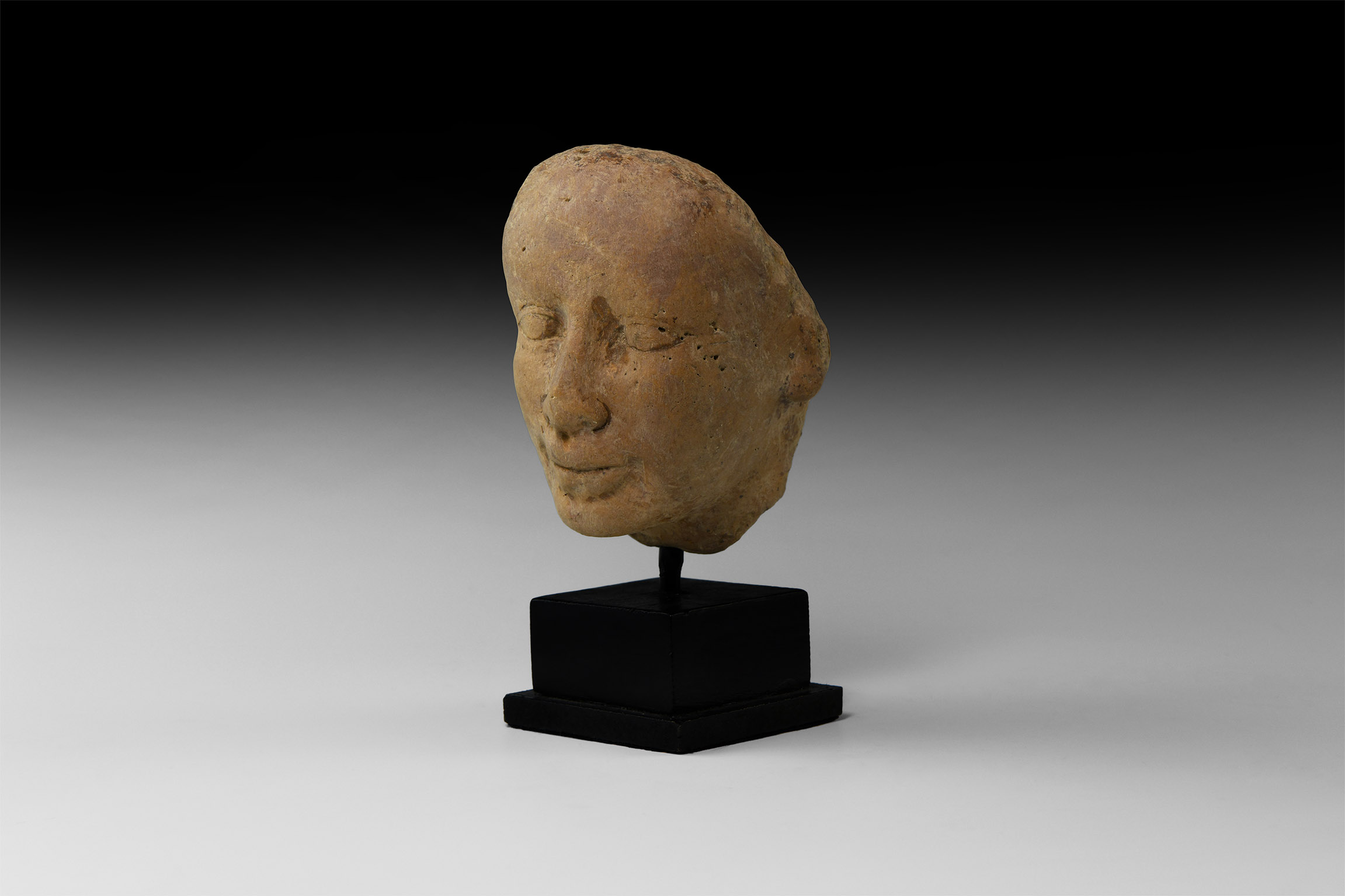
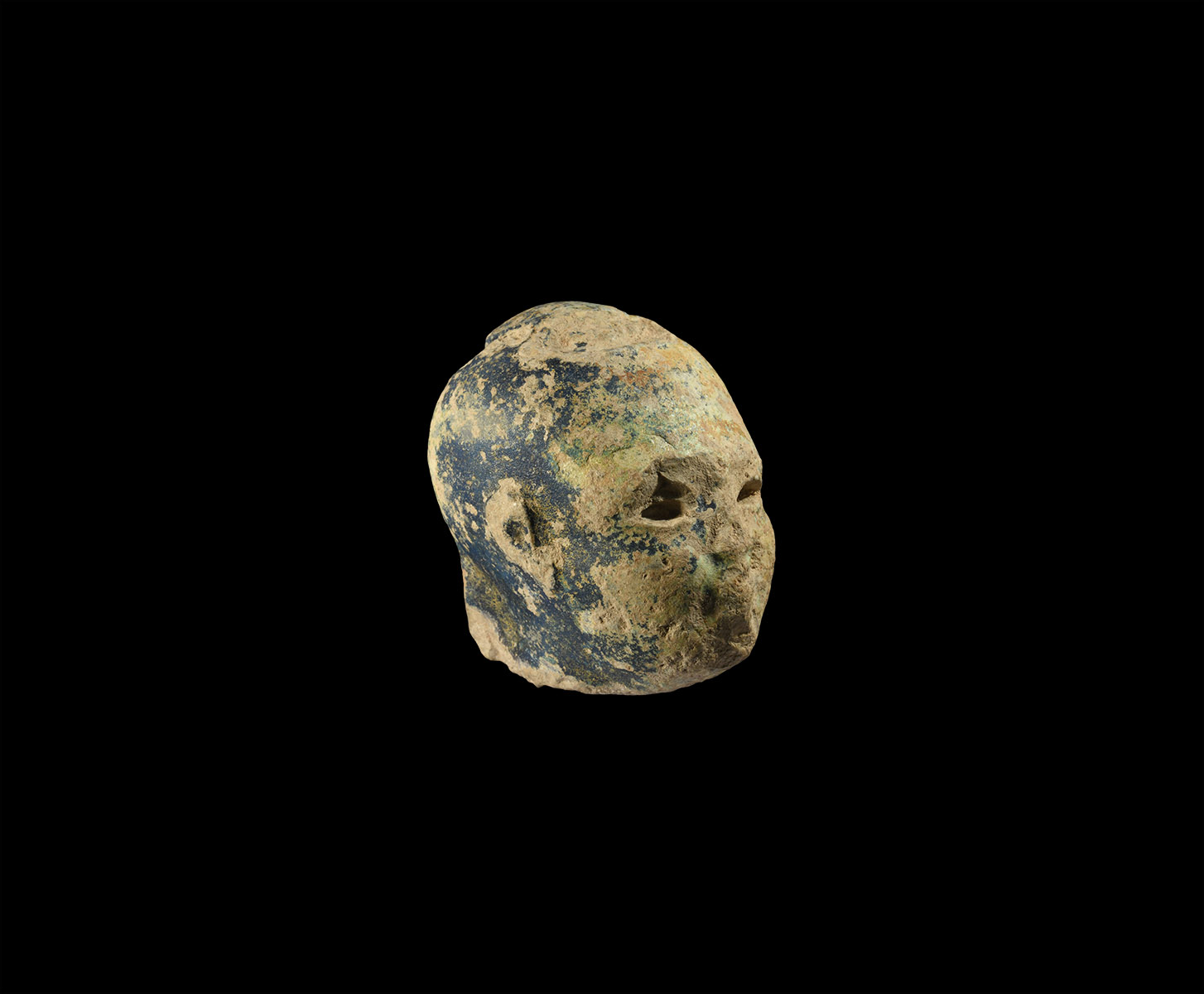
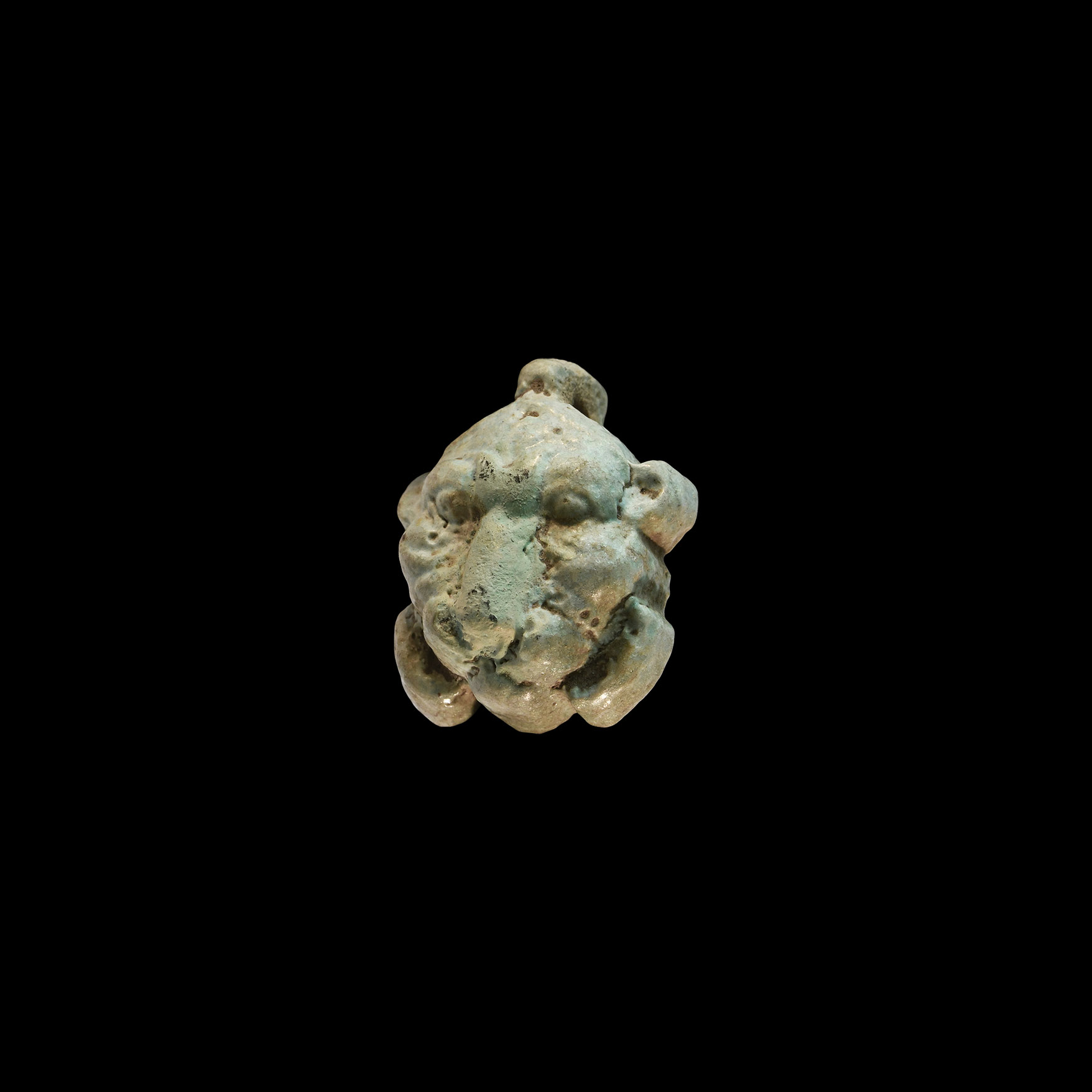
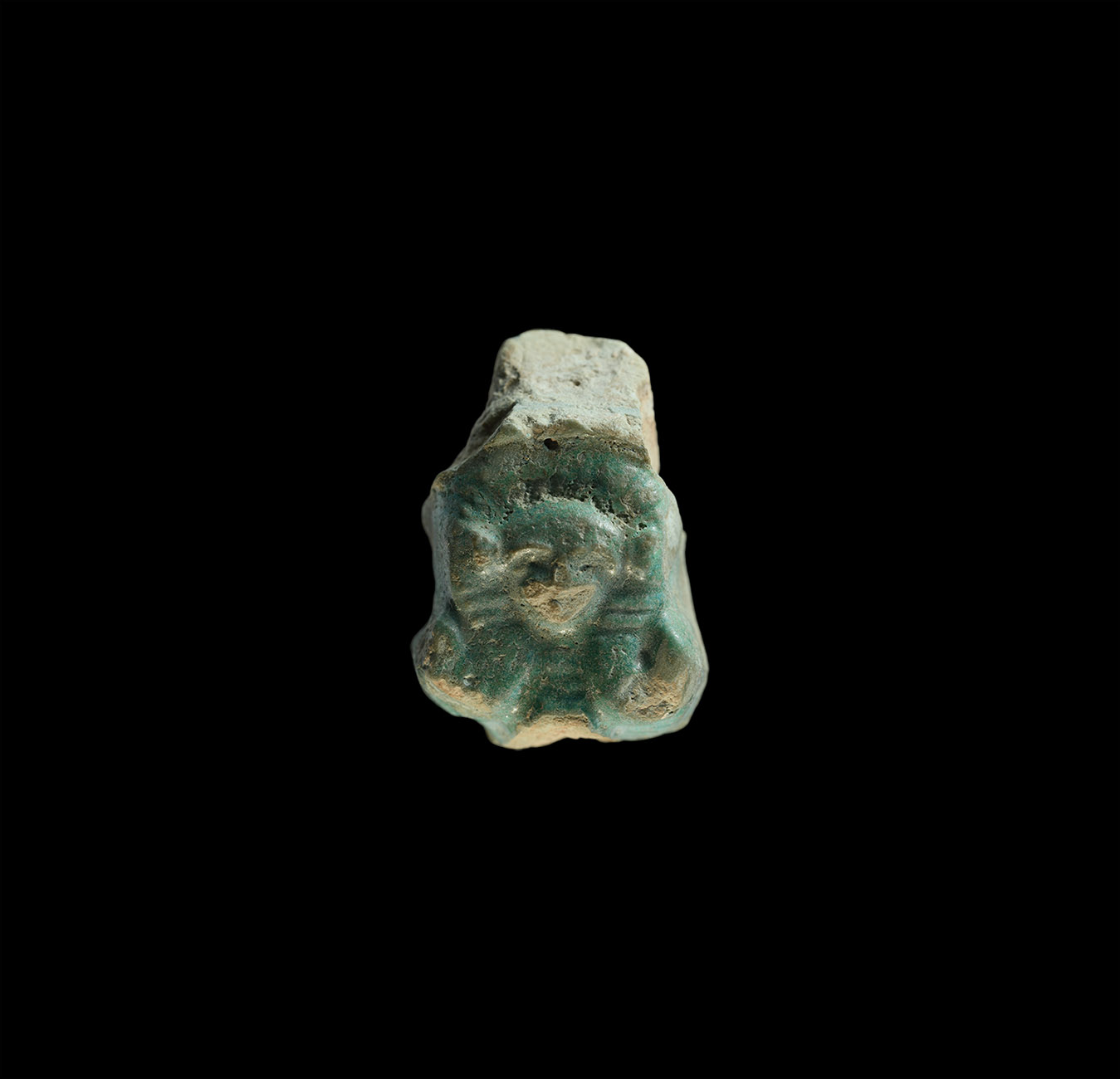
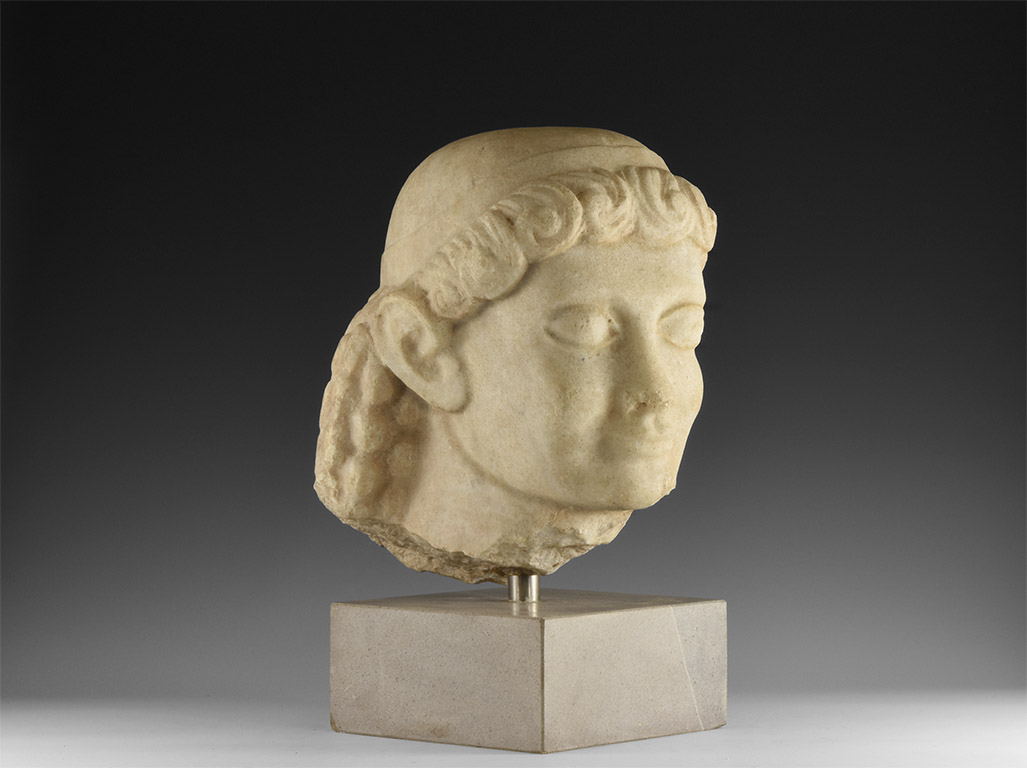
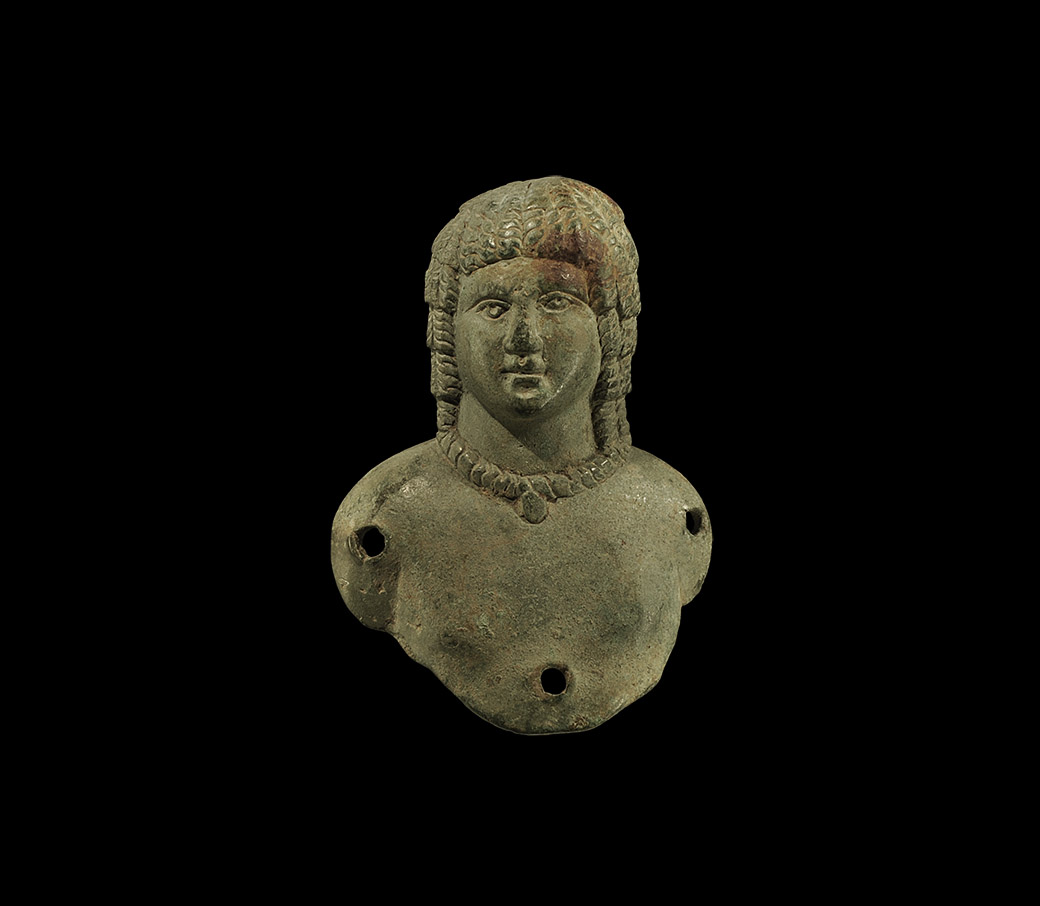
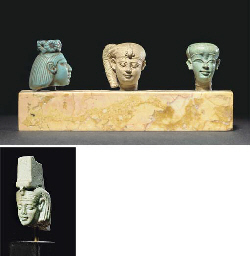
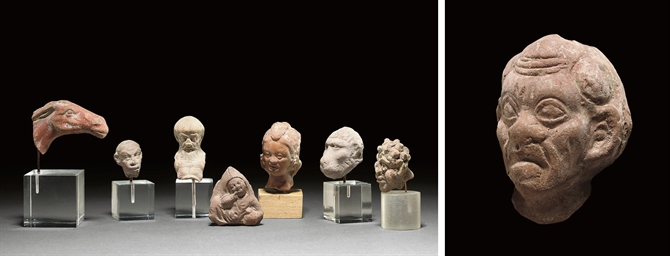
.jpg)
.jpg)





Try LotSearch and its premium features for 7 days - without any costs!
Be notified automatically about new items in upcoming auctions.
Create an alert